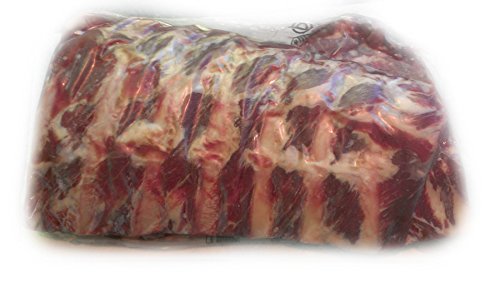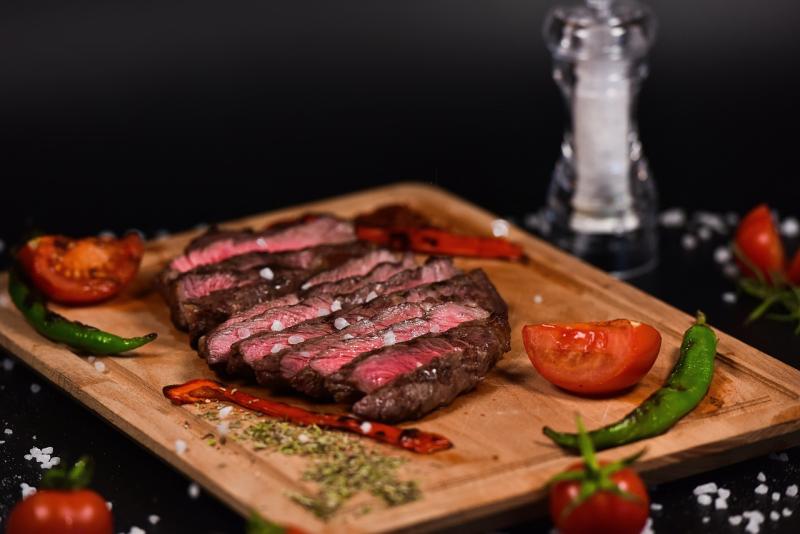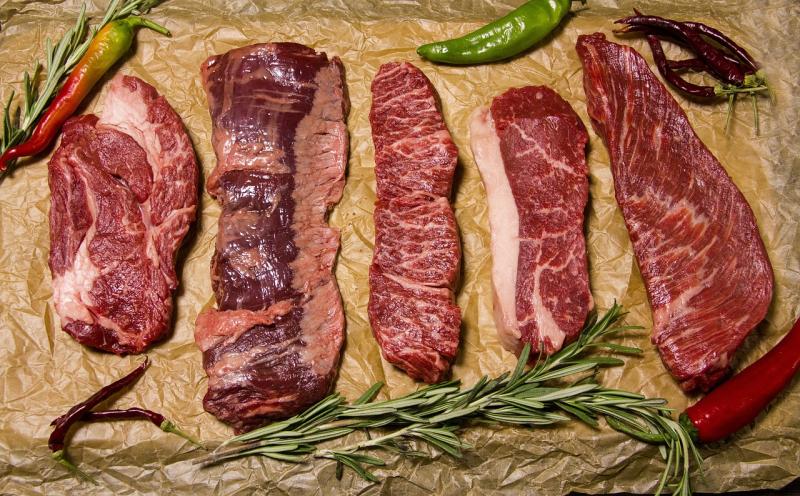In the world of meat, beef and Wagyu stand out as two popular choices, each with its own unique qualities and flavors. Understanding the differences between them can be helpful in deciding which one suits your taste buds and culinary preferences. Let's delve into the fascinating world of beef and Wagyu to demystify their distinctions.
Beef: The Classic Choice
Beef is a staple in many cuisines around the globe, known for its rich taste and versatility. Derived from cattle, beef is generally classified into different cuts such as brisket, tenderloin, ribeye, striploin, and more. The flavor and texture of beef can vary depending on the specific cut, the animal's diet, and other factors. It is typically characterized by its marbling, where thin veins of fat occur throughout the meat, giving it a desirable juiciness and tenderness when cooked properly.
Wagyu: Exquisite and Tender
Originating from Japan, Wagyu beef is renowned for its exceptional tenderness and marbling. The word "Wagyu" translates to "Japanese cow," and it refers to several Japanese cattle breeds, the most prominent being the Tajima. What sets Wagyu apart is the way the cattle are raised, with a strict diet that includes high-quality feed and even occasional beer massages to stimulate their appetite. This meticulous rearing process results in intensely marbled beef that literally melts in your mouth. The high fat content not only enhances the flavor but also contributes to the meat's buttery texture.
Choosing Between Beef and Wagyu
When deciding between beef and Wagyu, it ultimately comes down to personal preference and the occasion. Beef is a versatile choice for everyday cooking, suitable for grilling, roasting, stewing, and more. It offers a wide range of cuts and flavors that can satisfy various culinary needs. On the other hand, Wagyu is a true indulgence, perfect for special occasions or when you desire an extraordinary dining experience. Its tenderness and rich marbling make it a prized ingredient for gourmet dishes, offering a sublime experience for meat enthusiasts.
The Battle of the Cuts: Comparing Beef and Wagyu Steaks
When it comes to indulging in juicy and flavorful steaks, two varieties have been making waves in the culinary world: beef and wagyu. While both are beloved by meat connoisseurs, there are distinct differences between these two options. Understanding their variations can help you determine which steak suits your taste buds and preferences. So, let's delve into the battle of the cuts: beef versus wagyu.
Beef Steaks: Classic and Versatile
Beef steaks have long been favored for their reliable taste and texture. Raised traditionally on a diet of grass, corn, or a combination of the two, beef cattle are typically not subject to any extraordinary rearing practices. The result is a meat with good marbling, delivering a rich and savory flavor. From popular cuts like ribeye, sirloin, and tenderloin, beef steaks offer versatility in cooking methods and are widely available in various price ranges to suit different budgets.
Wagyu Steaks: The Epitome of Luxury
Originating from Japan, wagyu steaks have gained international fame as a premium meat option. Wagyu cattle are raised with meticulous attention to detail, consuming a specialized diet and receiving massages to enhance marbling, tenderness, and flavor. As a result, wagyu steaks are renowned for their distinctly high levels of intramuscular fat, known as marbling, which creates a buttery, melt-in-your-mouth texture. The rich, intense flavor of wagyu, combined with its silky texture, makes it a luxurious food experience that is highly sought after by gastronomes around the globe.
Comparing the Two
4.48 out of 5 starsBBQ Wagyu Beef Back Ribs - Double Pack
Tender and succulent BBQ Wagyu Beef Back Ribs ready to satisfy your appetite with a double pack
Product information
Product Review Score
Product links
Marbling Matters: Unveiling the Texture and Taste Differences
When it comes to beef, marbling plays a significant role in determining the quality and taste of the meat. Marbling refers to the white flecks of fat dispersed throughout the muscle tissue of the meat. It is these intricate marbling patterns that distinguish ordinary beef from the highly prized Wagyu beef. The marbling in beef acts as a flavor enhancer and contributes to a melt-in-your-mouth texture that is highly sought after by meat lovers and connoisseurs alike.
Wagyu, on the other hand, takes marbling to a whole new level. Originating from Japan, this breed of cattle is renowned for its exceptional marbling, which lends the meat an unparalleled tenderness and flavor. The high fat content in Wagyu beef gives it a buttery, velvety texture that effortlessly separates in your mouth. Each bite is a burst of rich, juicy flavor that deeply saturates the taste buds. The extensive marbling makes it the epitome of gourmet beef.
In contrast, traditional beef generally has lower marbling content compared to Wagyu. While it may still provide a satisfying eating experience, the meat tends to be leaner and less tender. The lower fat content can result in a drier texture and somewhat milder taste. It is worth mentioning, however, that the flavor and texture of regular beef can vary depending on the specific cut and the preparation method chosen. It is crucial to know the characteristics of the cut and select the right cooking technique to maximize the enjoyment of regular beef.
From Farm to Plate: Understanding the Production Processes
When it comes to beef, there are many factors that affect the taste, quality, and overall experience of the meat. One of the key differences lies in the production processes involved. Understanding these processes can help shed light on the disparities between beef and its highly regarded counterpart- Wagyu.
Beef production typically begins with cattle raised on ranches or feedlots. These cattle are primarily fed a diet of grass or grains, depending on the desired outcome. Grass-fed beef tends to have a leaner texture and more pronounced flavor. On the other hand, grain-fed beef, commonly known as "conventional" beef, is often marbled with fat, resulting in a more tender and juicy meat.
Wagyu, on the other hand, undergoes a uniquely specialized rearing process. Originating in Japan, Wagyu cattle are carefully bred and hand-fed a specific diet that includes high-quality grains and other nutritional elements. The rearing process is meticulous, with some farmers even massaging their cattle to optimize marbling. As a result, Wagyu beef is renowned for its exceptional tenderness, rich flavor, and high marbling content, which adds a luxurious melt-in-your-mouth experience.
Another point of differentiation lies in the aging process. Traditional beef is often aged for a few weeks, which enhances the meat's tenderness. On the contrary, Wagyu is aged for a longer duration, typically 21 to 36 days, further intensifying its flavor and tenderness. This meticulous aging process allows the natural enzymes in the meat to break down, resulting in an incredibly tender and flavorful experience.




